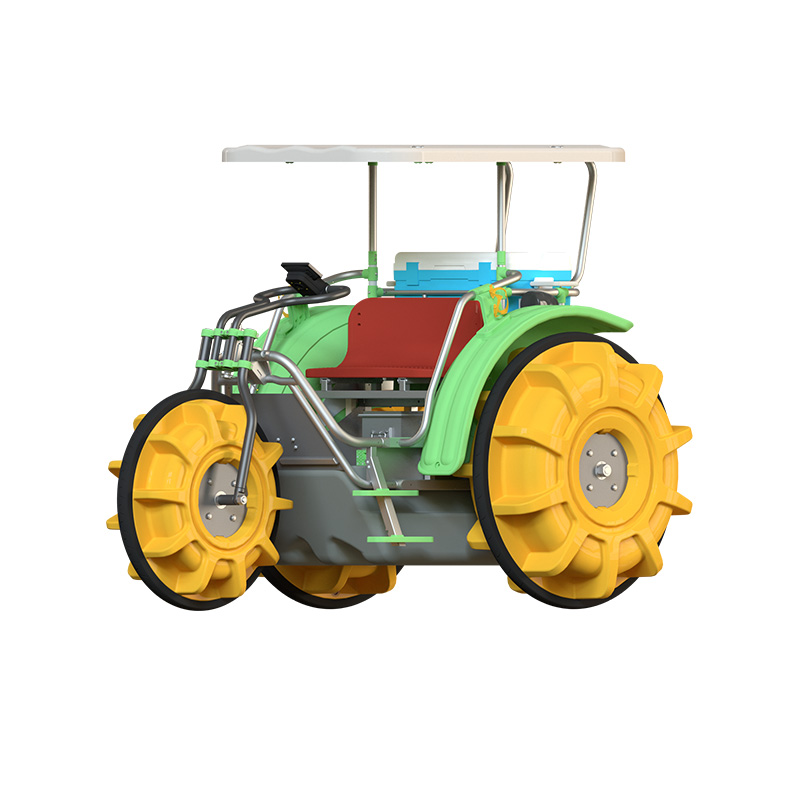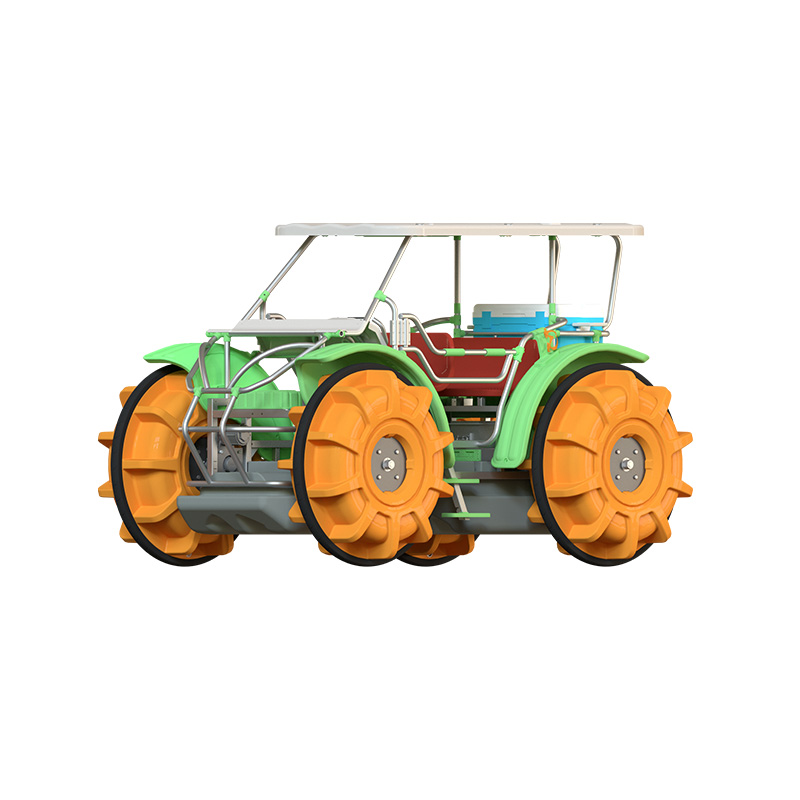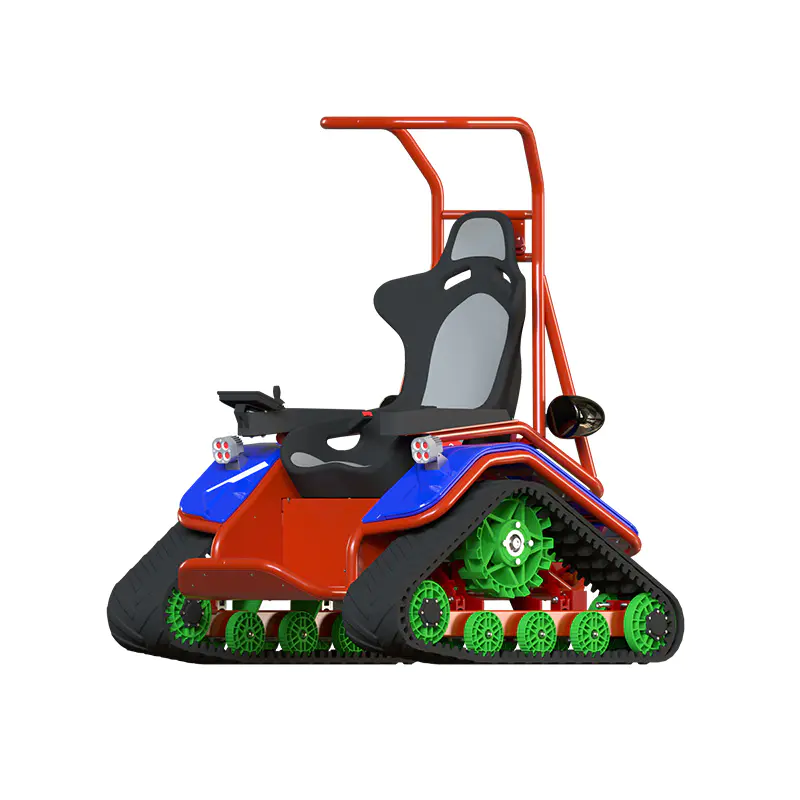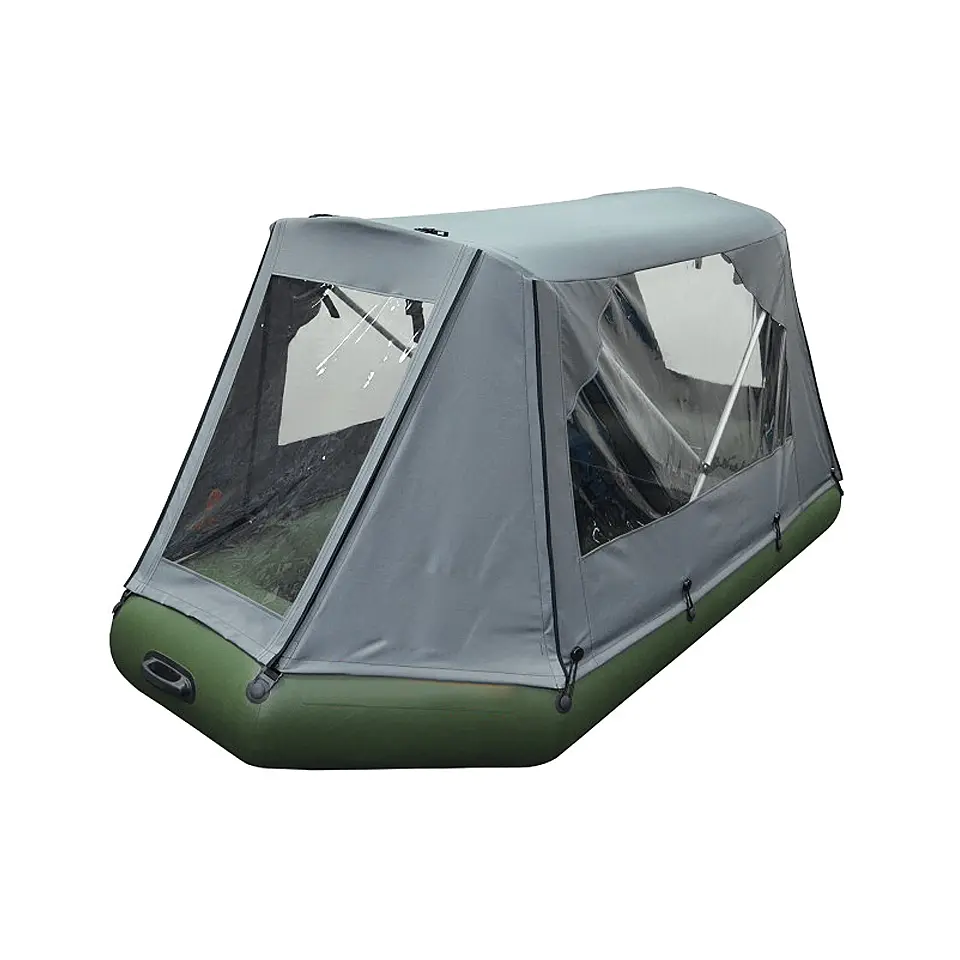What Innovations Are Shaping Modern Fishing Boat Design?
2025-10-24

Fishing has always relied on the skill of the crew, but the design and technology of the vessel play a crucial role in efficiency, safety, and comfort. Modern fishing boats are a far cry from the simple wooden hulls of the past. Today, a Fishing Boat Manufacturer integrates a mix of materials, electronics, and ergonomic features to enhance performance on the water.
Advances in Hull Design
One area where innovation is clear is hull construction. Traditional designs relied heavily on wood, but contemporary Fishing Boat Manufacturer processes often use fiberglass, aluminum, or composite materials. These materials offer lighter weight, improved corrosion resistance, and greater fuel efficiency. Modern hulls are also shaped to reduce drag and increase stability, even in rough waters. Designers pay attention to how the boat handles waves and how weight distribution affects balance, which can improve safety for crew members and make long trips less tiring.
Enhanced Navigation and Electronics
Technology has transformed navigation and fish detection. Many modern fishing boats now come equipped with GPS, radar, sonar, and automated steering systems. These tools help crews find fishing grounds more efficiently and maintain optimal routes. A Fishing Boat Manufacturer ensures that the integration of electronics does not compromise space or accessibility, allowing crews to operate systems intuitively while managing nets, lines, or traps. Digital displays and real-time data collection also help monitor engine performance, fuel consumption, and even weather conditions.
Efficient and Sustainable Propulsion
Engine and propulsion systems are also evolving. Traditional diesel engines remain common, but there is growing interest in hybrid and electric propulsion systems. These alternatives reduce emissions and fuel costs while maintaining sufficient power for heavy loads. A Fishing Boat Manufacturer may also focus on hull shapes and propeller designs that lower energy consumption and reduce environmental impact. Quieter engines are becoming more common, which not only conserves fuel but also minimizes disturbance to marine life during operations.
Onboard Storage and Handling Innovations
Handling catch efficiently is another focus of modern designs. Innovative storage solutions such as insulated compartments, refrigerated tanks, and modular deck layouts help maintain fish quality during transport. Deck machinery, including winches and conveyors, is designed to reduce manual labor and improve safety. When a Fishing Boat Manufacturer designs a vessel, attention is paid to workflow on deck, ensuring that lines, nets, and traps can be deployed and retrieved quickly while minimizing trip hazards.
Crew Comfort and Safety Features
Safety and comfort are increasingly important in modern fishing boats. Ergonomic seating, protective railings, and non-slip decking contribute to safer operations. Cabins may include climate control, sleeping quarters, and communication systems that keep the crew connected to shore facilities. Some Fishing Boat Manufacturer innovations focus on emergency systems, including automated bilge pumps, fire suppression, and life raft deployment mechanisms. These additions allow crews to work efficiently while remaining protected in unpredictable conditions.
Modular and Customizable Designs
Customization is shaping new fishing boats. Modern manufacturers provide modular designs that allow operators to adjust the layout depending on the type of fishing, crew size, or region of operation. From removable deck modules to adjustable storage tanks, these features provide flexibility that older vessels could not offer. This approach ensures that a Fishing Boat Manufacturer can deliver boats suited to a wide range of operational needs without compromising safety or performance.
Modern fishing boat design is a blend of traditional craftsmanship and technological innovation. From hull design and propulsion systems to onboard electronics and crew comfort, a Fishing Boat Manufacturer focuses on efficiency, safety, and versatility. These innovations reflect the evolving needs of the fishing industry while providing vessels that are easier to operate, maintain, and adapt to different fishing environments.

 English
English  русский
русский  عربى
عربى 









